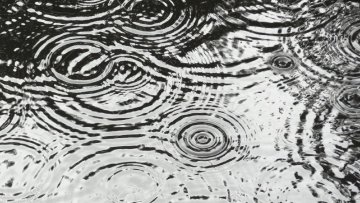The parabolic Anderson model in 2 d, mass- and eigenvalue asymptotics
Abstract
In this talk I present work in progress with Wolfgang König and Nicolas Perkowski on the parabolic Anderson model (PAM) with white noise potential in 2d. We show the behavior of the total mass as the time tends to infinity. By using partial Girsanov transform and singular heat kernel estimates we can obtain the mass-asymptotics by using the eigenvalue asymptotics that have been showed in another work in progress with Khalil Chouk.


